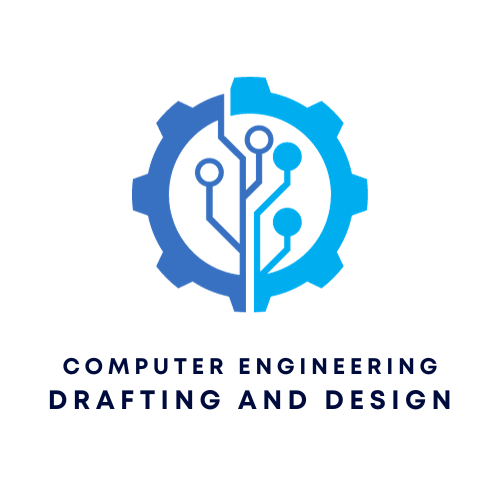1. Organizations and Standards
- IEEE (Institute of Electrical and Electronics Engineers): A leading authority in technical areas ranging from computer engineering to biomedical technology. Notable standards include IEEE 802.11 (related to wireless LANs) and IEEE 1394 (an interface for connecting external devices).
- IEC (International Electrotechnical Commission): An organization responsible for international standards in the electrical, electronic, and related technologies area.
- ISO (International Organization for Standardization): Deals with various standards, including those for computer systems. It’s notable for its involvement in the standardization of the C programming language.
- ANSI (American National Standards Institute): Another entity that’s been involved in the standardization of programming languages like C.
- W3C (World Wide Web Consortium): Sets standards for the World Wide Web, ensuring consistent web experiences for users.
2. Computer Engineering Abbreviations
- RAM (Random-Access Memory): A type of computer memory that allows data items to be read or written in almost the same amount of time.
- GPU (Graphical Processing Unit): A specialized electronic circuit designed to accelerate the image output in a frame buffer intended for output to a display device.
- Vcc: Typically represents the supply voltage in schematics.
- BIOS (Basic Input Output System): Firmware used to perform hardware initialization during the booting process.
- UART (Universal Asynchronous Receiver-Transmitter): A piece of computer hardware that translates data between parallel and serial forms.
- DIMM (Dual Inline Memory Module): A series of dynamic random-access memory integrated circuits.
- FPGA (Field Programmable Gate Array): An integrated circuit designed to be configured after manufacturing.
- MOSFET (Metal-Oxide Semiconductor Field-Effect Transistor): A type of transistor used for amplifying or switching electronic signals.
- SMD (Surface Mount Device): A method for producing electronic circuits in which the components are mounted directly onto the surface of printed circuit boards (PCBs).
- ASCII (American Standard Code for Information Interchange): A character encoding standard used for electronic communication.
- IDE (Integrated Development Environment): Software that consolidates the basic tools developers need to write and test software.
- SSL (Secure Sockets Layer): A protocol for establishing encrypted links between a web server and a browser.
3. Electronic Components in Schematics
In the realm of schematics, electronic components are represented with standardized symbols to ensure consistent understanding and interpretation. IEEE 315 is one such standard that relates to the symbolic representation of components.
4. Computer Interfaces and Protocols
- SATA (Serial AT Attachment): A computer bus interface that connects host bus adapters to storage devices.
- IEEE 802.3: The standard for Ethernet, a technology for wired LANs.
- IEEE 1394: An interface standard for connecting external devices to computers using a serial bus, known popularly as FireWire.
- IEEE 802.11: The set of standards for implementing wireless local area network (WLAN) in the 2.4, 3.6, 5, and 60 GHz frequency bands.
5. Closing Thoughts
The world of computer engineering is filled with abbreviations, standards, and terminologies. Understanding these is crucial for professionals in the field to communicate effectively and design systems that are compliant with international standards. This knowledge also aids in ensuring compatibility, interoperability, and safety in electronic and computer systems.

